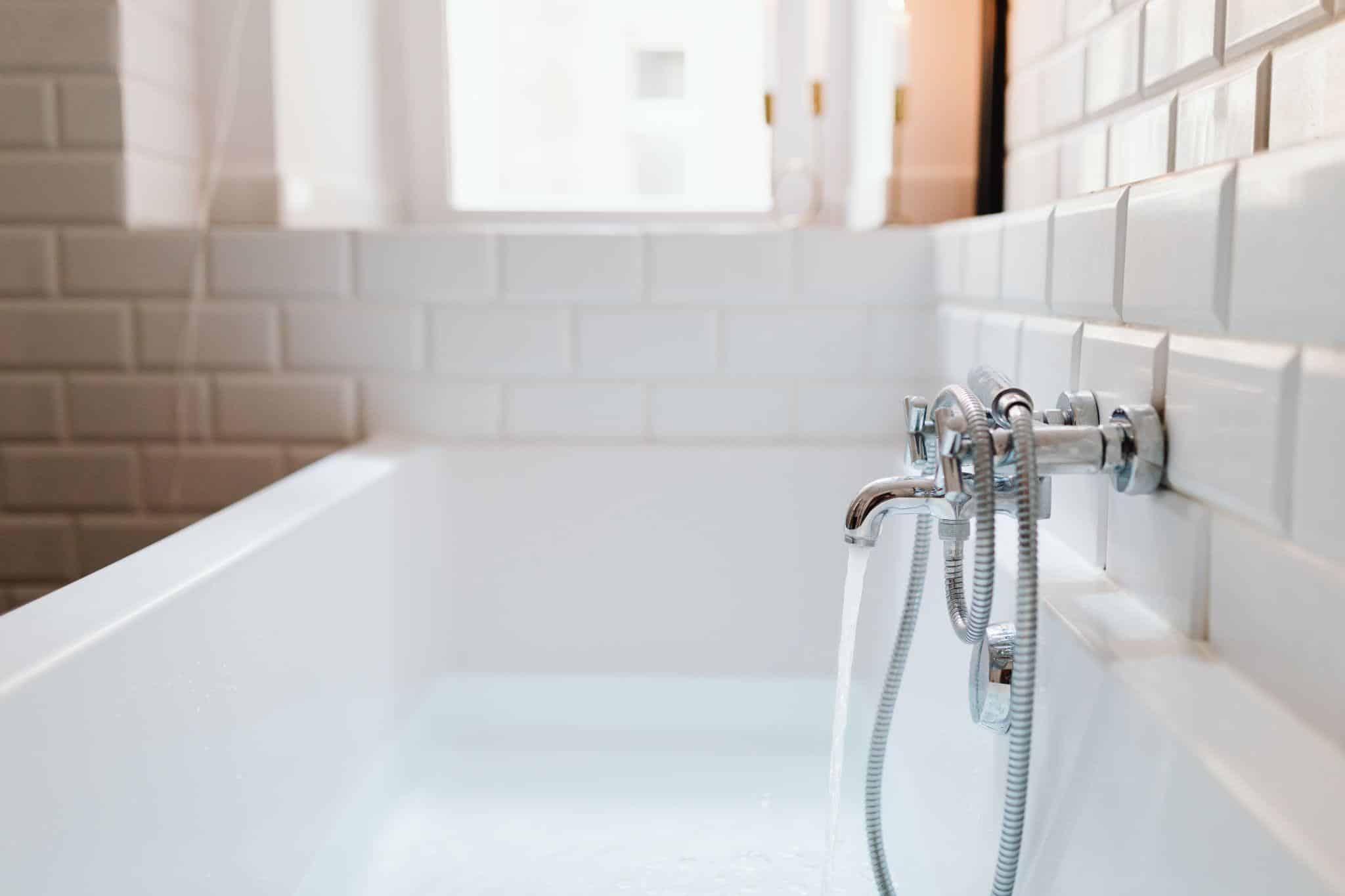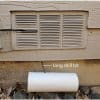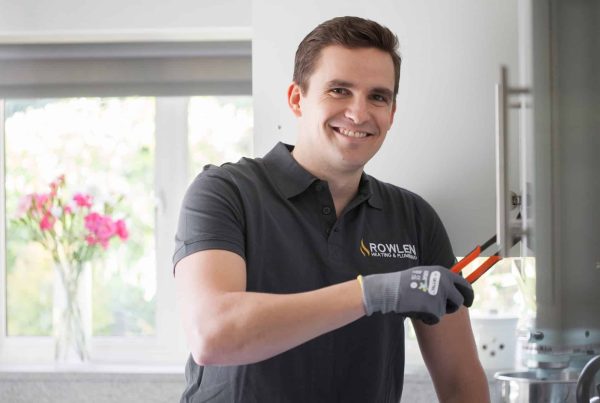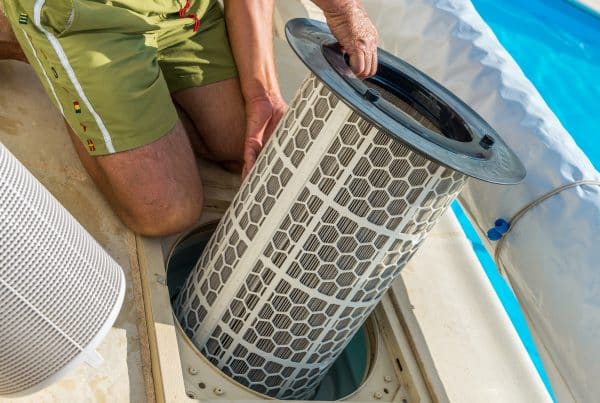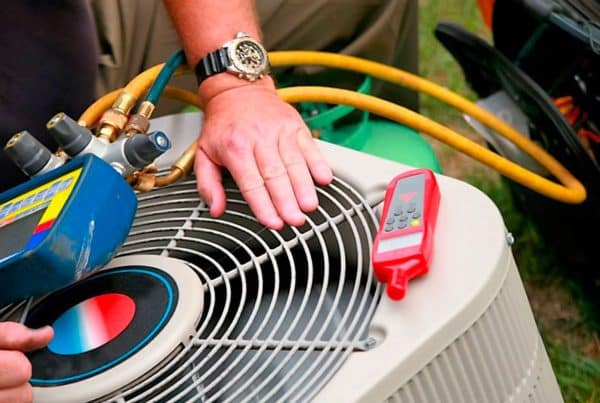These days, more and more people are embracing green living in an effort to become more eco-friendly and reduce their environmental impact. Green plumbing is a great way to do both, as it can help you to save water and energy in your home.
From conscientious appliance selection to water-saving fixtures and thoughtful use of your plumbing system, here are 8 tips for green plumbing that can help you minimize your water and energy use in your home.
1. Consider Low-Flow Appliances
Whether it’s your washing machine or dishwasher, selecting appliances that are low-flow helps to minimize water usage. Look for Energy Star labels on these items, as they are usually more energy-efficient than models without them.
Washing machines with the agitator feature use less water than those without it, so you can save even more water if you can find one with both Energy Star and an agitator.
2. Install Water-Saving Fixtures
Another way to cut down on water usage is to have professional plumbing services in Mansfield, TX, install water-saving fixtures such as low-flow toilets, faucets, and showerheads. Low-flow fixtures are specially designed to reduce the amount of water used while still providing good performance. The best part is that they often cost no more than traditional fixtures.
3. Use A Clothesline
Rather than using your dryer every time you do laundry, consider hanging your clothes up to dry.
A clothesline hung in the backyard or out on the balcony can eliminate the need to use energy to dry your clothes. If you don’t have access to a clothesline, you may also consider buying a drying rack inside.
4. Install Low-Flow Showerheads
In addition to low-flow appliances, you should also consider installing low-flow showerheads in your bathrooms.
Low-flow showerheads use significantly less water than traditional models, and many come equipped with water-saving features such as aerated streams and on/off switches to help you conserve water.
5. Inspect Plumbing For Signs Of Leaks
When it comes to plumbing maintenance, it’s important to regularly check for signs of leaks in your system. Look for stains on the ceilings or walls, damp spots on the floor, or rising water bills to identify any leaks that need to be repaired.
6. Repair Leaky Faucets
In addition to checking for leaks, you should also make sure to check your faucets regularly. Faulty faucets are notorious for wasting water and can cause your water bills to skyrocket if left unchecked.
Fortunately, you can purchase replacement parts for most faucets and easily fix any leaks you find on your own.
7. Add Insulation To Pipes
Insulating your pipes is a great way to reduce water usage in your home. Make sure to use insulation that is specifically designed for pipes, as other types of insulation won’t be effective. You can find pipe insulation from any home improvement store.
8. Collect Rainwater
Finally, consider collecting rainwater for use in your home. You can use rain barrels to collect water for watering your garden and for other non-potable uses. This is a great way to take advantage of natural resources and reduce your dependence on traditional water sources.
Conclusion
Being environmentally conscious and minimizing your impact on the environment require green plumbing. You can use a variety of strategies to make your plumbing more environmentally friendly and guarantee that you use the least amount of water and energy possible. You can make sure that you minimize your bills while simultaneously protecting the environment by studying your system and removing old fixtures. Making the effort to ensure that your system is current and effective can have a significant impact on how much water and energy is saved in your house.

